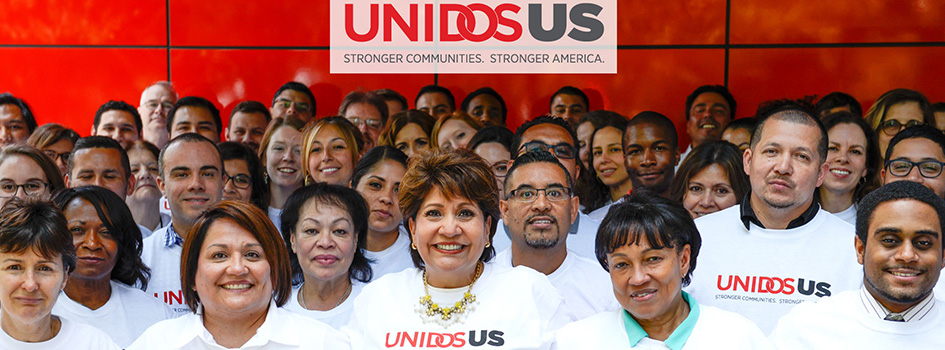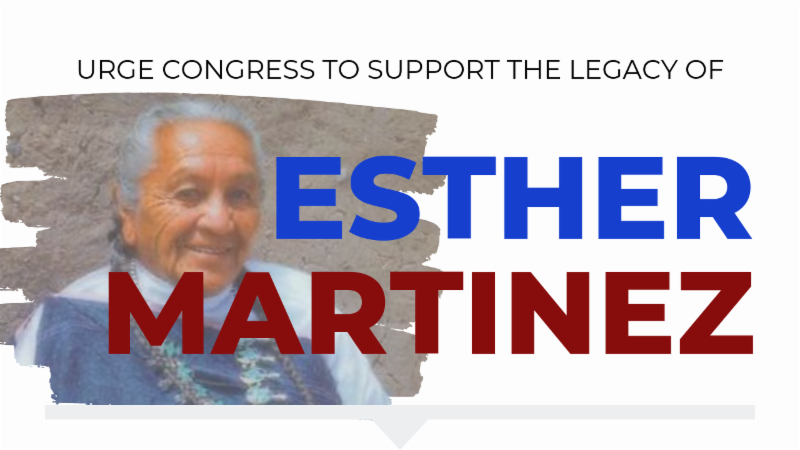Imagine being a student whose family has recently immigrated to the U.S. Your family is often struggling to make ends meet, is undocumented, and lives in poverty. Your ability to speak English is limited, yet you are the most fluent in your family, so you are required to take time off of school to be the translator in adult situations such as doctor’s appointments and job interviews. You have no agency over your situation while you are trying to navigate life as a teenager in a foreign place, deal with adult conversations and adult concerns, and hide from the stigma associated with your home language. Then, on top of all of this, imagine that your school launches a new course that requires you to participate in online discussions or to engage with materials online. You are being asked to master yet another level of communication that is outside of your comfort zone.
This scenario isn’t unusual among English language learners (ELLs). I have been working with ELL students since 1998, and one thing I have learned through my years of experience is that it is important for educators to understand the unique challenges that ELL students face and the impact these challenges have on their social-emotional and academic health.
ELLs Unique Stressors
A 2010 study by Andres J. Pumariega and Eugenio Rothe published in the American Journal of Orthopsychiatry details the stressors that immigrant students and their families often face and the impact they can have on their mental health. These stressors include multiple moves, new economic pressures, new customs, and new legal and educational systems.
As the English as a new language (ENL) teacher at Urban Assembly School of Business for Young Woman (UASBYW) in lower Manhattan, I worked with a diverse population of first-generation students from the Dominican Republic, Guatemala, Mexico, Côte d’Ivoire, Mali, Pakistan, and Yemen. My students had experiences, responsibilities, and pressures that rival what many adults have to face, despite their young ages. These unique stressors can lead to students having difficulty finding the time and space to focus on their learning. One way schools can help ELL students deal with the pressures they are under is through an organized central focus on SEL and creating a strong sense of community within the schools.
Using SEL to Help ENL Students
The Collaborative for Academic, Social, and Emotional Learning has identified five core social-emotional competencies—self-awareness, self-management, social awareness, relationship skills, and responsible decision making—as the keys to social and emotional well-being. UASBYW is participating in an Urban Assembly pilot program around social-emotional learning (SEL) and helping students learn these skills. As part of this pilot, the school administers an online SEL assessment called Apperson Evo Social/Emotional that uses the Devereux Student Strengths Assessment (DESSA) to measure students’ social-emotional competencies. Our students also self-assess with the DESSA as part of the pilot. The data from these assessments helps educators determine which SEL skills a student may be in need of improving. When I am working with ENL students, I adjust these core competencies to meet their unique needs. The strategies I use fall into the following areas:
- Creating safe spaces for sharing our struggles and celebrating our accomplishments
- Helping ENL students find their voices to be advocates for themselves and their communities
- Looking at the whole child to be more aware of home situations that may affect students in the classroom
- Helping students build confidence to be active participants in blended/online learning
Creating Safe Spaces
One way that I have been able to create a safe space for students is through highly functioning advisory programs. These allow one teacher to meet with a small group of students multiple times a week in an environment where everyone is made to feel that their voice and presence matter and where students can have structured conversations around topics that are unique to ENL students.
Each advisor stays with the same group of students throughout the year, building a rapport with them and becoming someone their students look to as a source of support. In addition to helping the students work on relationships with others at the school, the advisor becomes the point person between the homes and the school. Blended advisories of ENL students and non-ENL students focus on understanding and respect for other cultures. A lot of what I do as an ENL teacher and an advisor is help students figure out who they are and teach them to value their cultural differences and languages as assets. Teaching students that their cultures and backgrounds are a resource and not a hindrance to their education is a cornerstone of creating pride and contributes to students buying in to the dynamic educational and social community we strive to create. Within advisory, we focus on SEL skills such as communicating well with peers and respecting each other’s opinions. During advisory students practice their language skills through conversation, listening to classmates, writing personal affirmations, and reading articles on issues germane to young women. For example, we discussed pay equity focusing on the recent lawsuit involving the U.S. Women’s Soccer Federation. We practiced math skills by going through graphs and charts associated with the articles and we practiced reading skills by reading aloud.
Students who struggle with pronouncing words are coached by other students, and we all patiently wait as they work through the process. In addition, we all live by the community agreements posted in the classroom designed to create a safe environment. These include “What is said here stays here” and “What is learned here leaves here.” These rules help emphasize the confidence and privacy of our advisory discussions.
Helping Students Find Their Voices
It is particularly important that ENL students know that their voices are valuable, and we work diligently to help them feel confident in using their voices. A lot of girls arrive here without having had much of a say in how they got here or in their living situations. They often believe they don’t have any power over their lives or themselves, and we use SEL skills to help them realize that they do have power over their lives and their actions.Every Monday in advisory, we “circle up” to talk about a particular topic. I start with a topic, such as pay equity or forgiveness, and each student participates in the discussion. After the person who starts the circle finishes her share, she turns to her shoulder neighbor and greets her by name with a “good morning.” Then that student responds to the opening prompt and continues the circle by passing it to her shoulder neighbor by name and with a “good morning.” The circle is complete when everyone who wants to share has had an opportunity to speak and every student has been greeted by name.
Looking at the Whole Child
Another important part of SEL instruction is to consider the whole child and to help students with metacognition. All ENL students come to the classroom with unique skills. Some may be bored, but unable to communicate their needs, while others may not comprehend content because of language barriers. As we help them understand their own adolescent brains, they learn to recognize how to use the skills they already have communicating in their home languages to become better communicators in English.
Through learning about their brains and how to be metacognitive, they also learn to be patient with themselves and become better advocates for their learning needs. As advisors, we can look at a student’s action, help her work through what she did, and help her make better decisions in the future. Advisors and teachers partner with students as they determine who they are and what their long-term life goals are. By putting student needs before predetermined curriculum, we develop engaging lessons and classroom routines that address students’ learning styles as well as their emotional needs.
Setting Students Up for Blended/Online Learning
As my ENL students move into the upper grades at their school, they will engage more often in online and blended learning. These can be great tools for ELL students, because they can allow for more personalized instruction. Mawi Asgedom, an Ethiopian refugee who develops professional development courses for ELL teachers, stated during a May 6 webinar by the International Association for K–12 Online Learning that ELL students are often more willing to open up with teachers in an online-only environment, because they aren’t as worried about being judged due to their accents. Additionally, some online courses offer translated materials or video summaries in the students’ native language while some are led by bilingual instructors. ENL students often do well in a blended learning model, Asgedom said, where some instruction is completed online and some is completed in a traditional classroom. For example, a flipped classroom model—in which students go through the materials at home and then complete the assignments together—helps ENL students grow and develop their skills, he said. The same SEL skills that I use in the classroom also apply to online and blended learning environments. For example, our community rules can live in online environments as well. The SEL skills I teach in my class, such as patience, perseverance, and respect, apply to interactions and coursework in an online or blended learning environment as well as in a traditional face-to-face classroom. By teaching students the importance of these learning tools now, I am setting them up for future academic success in online and blended learning environments. This ensures that students will have a good base in digital literacy to prepare them for taking online or blended learning courses in the future. It may ease any fears they have about jumping into online learning environments. By teaching ENL students social-emotional learning skills and preparing them for the courses and types of learning they will encounter down the road, we can help set them up for success in academics and in life.
This article originally appeared in Language Magazine in September, 2016. Adrienne Almeida was an ENL teacher at the Urban Assembly School of Business for Young Women in Manhattan during the 2015–16 school year.














